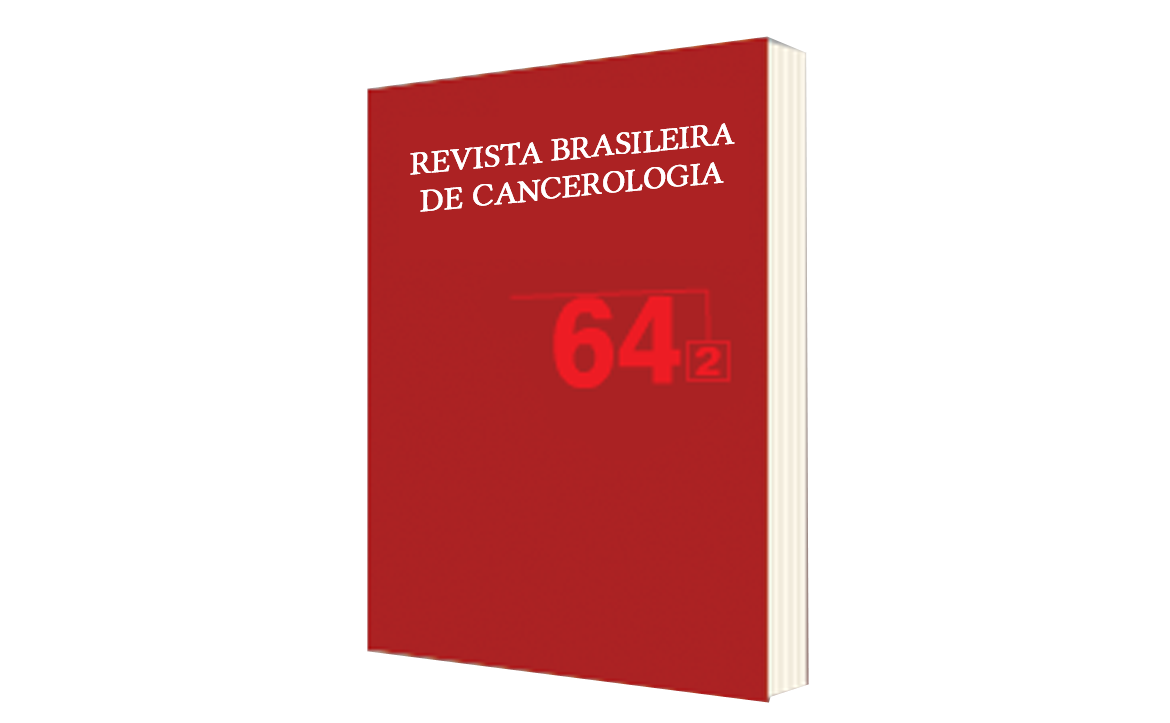Biosimilar Filgrastim for Progenitor-Cell Mobilization prior to Autologous Transplantation: Retrospective Analysis of Patients with Multiple Myeloma and Lymphomas
DOI:
https://doi.org/10.32635/2176-9745.RBC.2018v64n2.79Keywords:
Granulocyte Colony-Stimulating Factor, Filgrastim, Lymphoma, Multiple Myeloma, Peripheral Blood Stem Cell TransplantationAbstract
Introduction: Filgrastim, which plays a key role in peripheral-blood progenitor cell (PBPC) harvesting, has been available for nearly 25 years, and several filgrastim biosimilars are available. Objective: We assessed whether a biosimilar filgrastim (Filgrastine®) was associated with effective mobilization in patients undergoing PBPC harvest for autologous transplantation. Method: We reviewed the charts of patients with multiple myeloma and lymphomas treated at three institutions in Brazil. The primary outcome (mobilization success rate, MSR) was the proportion of patients in the intention-to-treat (ITT ) population in whom at least 2 x 106 CD34+cells/Kg were harvested by leukapheresis on days 5 and/or 6. The per-protocol (PP) population comprised patients who received at least 4 days of Filgrastine and had at least one CD34+ count on Days 5 or 6. Results: The daily dose of Filgrastine (on D1, with few changes thereafter) ranged from 8.5 to 28.9 mcg/Kg in the 52 patients in the ITT population, with a median of 13.8 mcg/Kg; 51 patients received at least four doses. A mean of 2.84±1.97 x 106 CD34+cells/Kg were harvested. The MSR was 53.9% (95% CI, 39.5% to 67.8%) in the ITT population and 62.2% (95% CI, 46.5% to 76.2%) in the 45 patients in the PP population. The mobilization was considered effective by investigators in 80.8% of patients in the ITT population and 88.9% of those in the PP population. Conclusion: Despite its observational nature, this study suggests that Filgrastine® is associated with the expected success rates in PBPC harvest for autologous transplantation.










